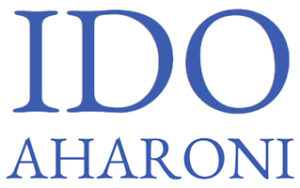Published by: Newsmax
Friday, 20 October 2017 03:30 PM EDT
Consider this. The World Wide Web was introduced about three decades ago. In 1997, only less than 2 percent of the world’s population were connected to it.
Today, more than half of the world’s population has an Internet connection. But beyond connectivity, technology also enables various avenues of communication, circulation of ideas, and the production of content.
In the book, “Participatory Culture in a Networked Era: A Conversation on Youth, Learning, Commerce, and Politics” — by Henry Jenkins, Mizuko Ito, and Danah Boyd — the authors prefer to emphasize the social and cultural contexts of participation. They advocate a move beyond individualized personal expression and argue for an ethos that is based on sharing and the collective experience (“doing it together”), rather than a highly self-centered ethos (“doing it yourself.”)
Participatory culture in the digital age has low barriers to expression and engagement. Participants have not only the ability to actively participate in the production of content and in the design of their own social sphere, they are also encouraged to do so by a very precise algorithm.
Participants believe their contribution matters and they care about what others think of what they have created. The routine practice of participatory culture has been transformed by new technologies but scientists emphasize the social and cultural contexts of the participation as a defining factor.
Theoretically, one could think that this will lead the way to true objectivism. Information is out there for the world to let go of the one-sided, self-centered narrative and embrace an eye-opening, prejudice-free complex view of the world.
It turns out that this is far from being the case. The age of information is all about choice. Participants can follow whoever and whatever they want, with the ability to decide what they see and who they see it from. The editor, the VIP of traditional media, is no longer relevant. Whether knowingly or not, individuals in the informaton age can create their own personal echo chamber, little bubbles, while technology limits their ability to see other worlds.
So, how do participants react to this unprecedented choice given to them?
In the 1928 book, “Self-Restraint vs. Self-Indulgence: Relations of the Sexes,” by Mahatma Gandhi, descriptions are provided of the scale which will ultimately become the most accurate descriptions, at least in my humble opinion, of the behavioral scale in the age of information.
All active participants in the conversation can be classified somewhere along these two extremes. Some use the platforms given to them to engage in a self-indulging, self-centered, at times even narcissistic and one-sided conversation while others use it with great sensitivity, social responsibility, sharing and — caring for the other.
The result is a whole new type of participant, the “prosumer” if you will, who is connected and disconnected at the same time, consumer and producer at the same time.
Photo credit: Alexandru Daniel Pavalache/Dreamstime


